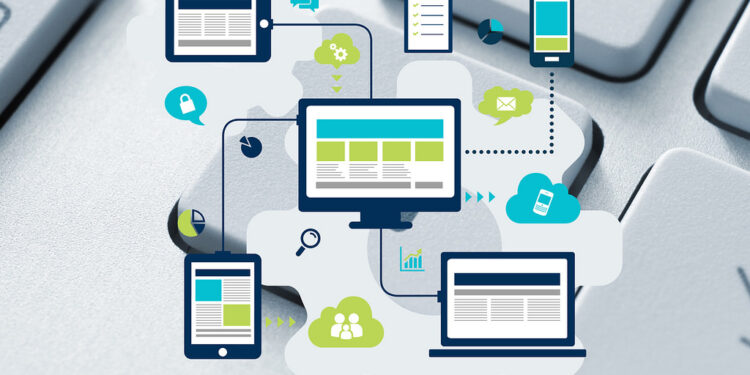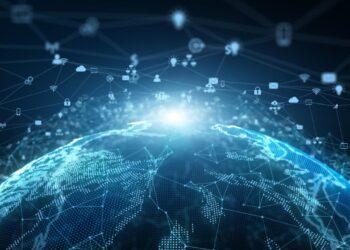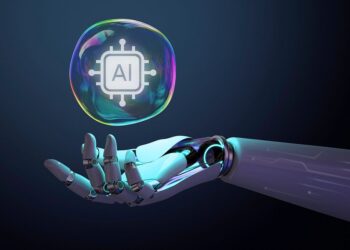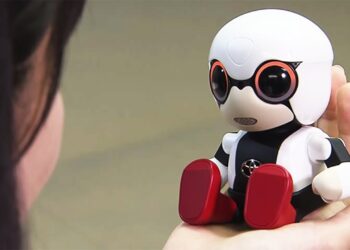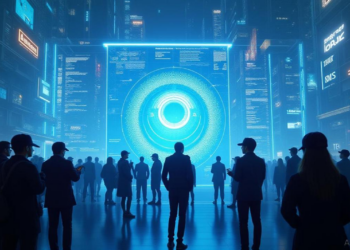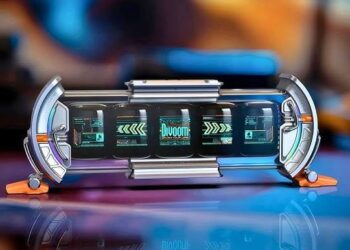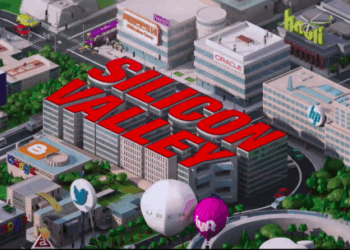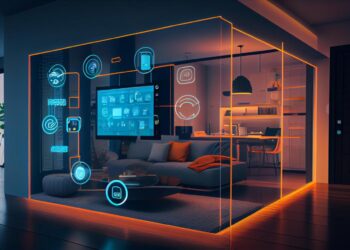The digital age is no longer confined to our computers and smartphones; it has proliferated into virtually every object around us. This phenomenon, often referred to as the Internet of Things (IoT), has seen an explosion of connected devices, transforming our homes, cities, industries, and even our bodies into intelligent, interconnected ecosystems. From smart thermostats to industrial sensors, these devices are constantly collecting, transmitting, and analyzing data, creating a vast, invisible network that promises unprecedented levels of convenience, efficiency, and insight. This comprehensive article delves into the intricate world of connected devices, dissecting their core technological components, the profound benefits they deliver, the significant challenges they face, and the exciting future they promise for a truly intelligent and seamless world.
The Core of the Connected Device Phenomenon
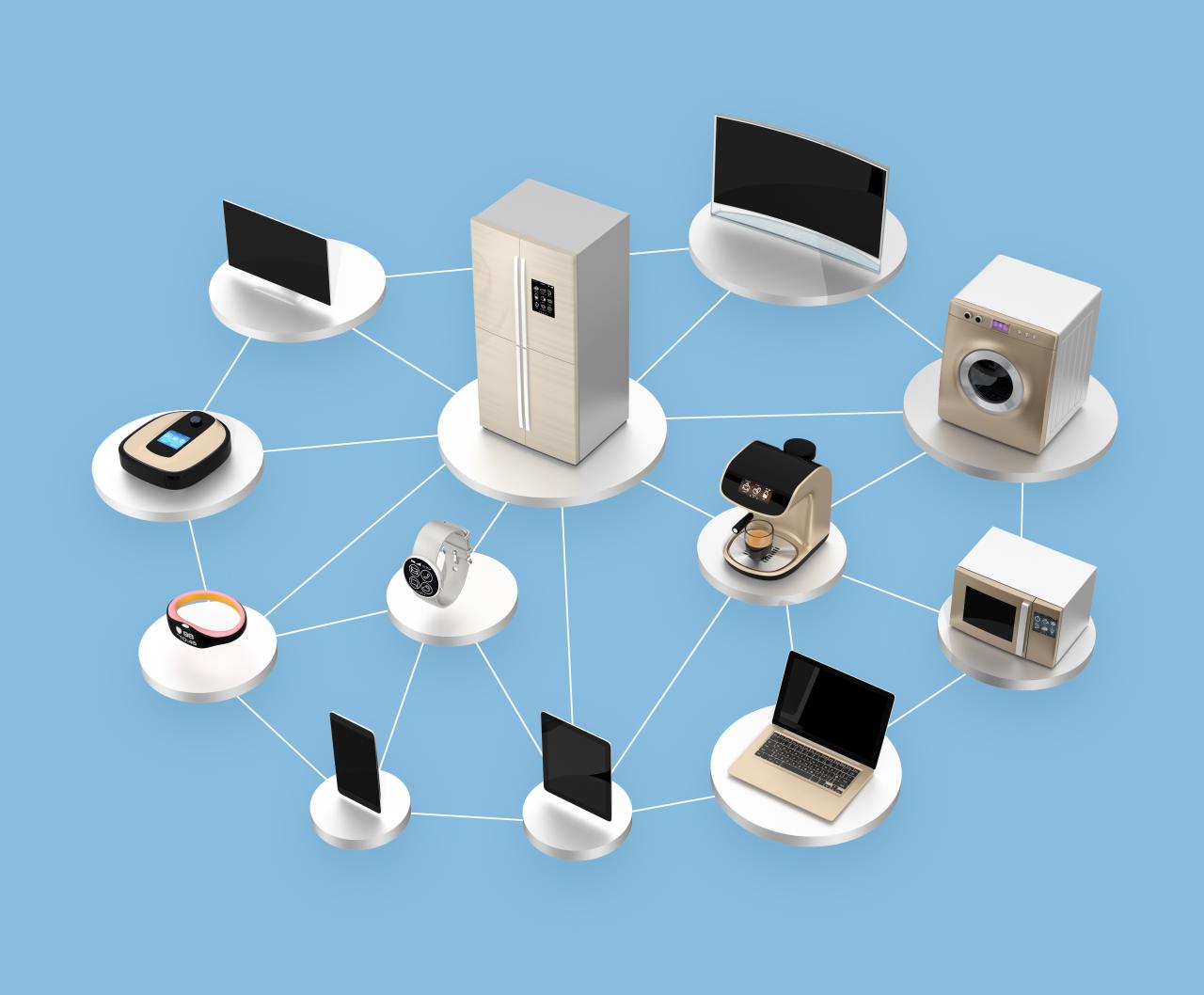
At its core, a connected device is any physical object embedded with sensors, software, and other technologies for the purpose of connecting and exchanging data with other devices and systems over the internet or other communication networks. The “explosion” refers to the exponential growth in the number of these devices, moving from millions to predicted tens of billions within the decade.
A. Sensors: These are the fundamental data gatherers. Connected devices are equipped with a wide array of sensors that detect and measure various physical phenomena.
- Environmental Sensors: Temperature, humidity, light, air quality (CO2, VOCs, particulate matter), pressure, and sound.
- Motion and Position Sensors: Accelerometers, gyroscopes, magnetometers (for orientation), GPS (for location), and proximity sensors.
- Biometric Sensors: Heart rate, blood oxygen, skin temperature, and electrical activity (ECG, EDA) in wearables.
- Imaging Sensors: Cameras for video surveillance, object recognition, and computer vision applications.
- Flow and Level Sensors: For monitoring water, gas, or other liquids in industrial or utility settings.
B. Connectivity Protocols: Connected devices rely on various communication methods to exchange data, chosen based on range, power consumption, and data rate requirements.
- Short-Range: Bluetooth (especially Bluetooth Low Energy – BLE), Wi-Fi (for higher bandwidth), NFC (Near Field Communication).
- Medium-Range: Zigbee, Z-Wave (common in smart homes for low-power mesh networks).
- Long-Range/Wide Area Networks (WAN): Cellular (4G, 5G), LPWAN technologies like LoRaWAN, NB-IoT (designed for low-power, long-range IoT devices).
- Ethernet: For wired, high-bandwidth industrial or building management applications.
C. Embedded Processors and Microcontrollers: These are the “brains” within the devices, ranging from tiny, ultra-low-power microcontrollers (for simple sensors) to more powerful microprocessors (for complex devices like smart cameras or gateways). They process sensor data, run local algorithms, and manage communication.
D. Software and Firmware: Every connected device runs specialized software or firmware that dictates its functionality, how it collects data, how it communicates, and how it interacts with other systems. This often includes operating systems designed specifically for IoT.
E. Cloud Platforms/Edge Computing: The collected data needs to be stored, processed, and analyzed.
- Cloud Computing: Offers scalable storage, powerful processing capabilities, and advanced analytics (including AI) for vast amounts of IoT data.
- Edge Computing: Processes data closer to the source (on the device itself or a local gateway) before sending it to the cloud. This reduces latency, saves bandwidth, and enhances privacy by processing sensitive data locally.
F. User Interfaces and Application Layers: While many IoT devices operate in the background, they often connect to user-friendly applications for control, monitoring, and data visualization. These can be smartphone apps, web dashboards, or voice assistants.
Key Domains Transformed by Connected Devices
The explosion of connected devices is not a singular phenomenon; it’s a distributed revolution impacting diverse sectors and aspects of our lives.
Smart Homes and Consumer IoT
This is perhaps the most visible and rapidly growing segment, transforming residential living.
- Smart Home Hubs: Centralized controllers (e.g., Amazon Echo, Google Home, Apple HomePod) that act as interfaces and orchestrators for various connected devices.
- Smart Appliances: Refrigerators that track inventory, ovens controllable remotely, washing machines that optimize cycles, all connected for efficiency and convenience.
- Smart Lighting: Systems that adjust brightness and color temperature, respond to occupancy, and can be controlled remotely or by voice.
- Smart Thermostats: Learn user preferences and optimize heating/cooling based on occupancy, weather, and energy prices.
- Home Security Systems: Connected cameras, door/window sensors, smart locks, and video doorbells that provide remote monitoring and alerts.
- Health and Wellness Wearables: Smartwatches, fitness trackers, and health patches that monitor vital signs, sleep, and activity, often connecting to smartphone apps.
- Robotic Vacuums: Intelligent cleaners that map homes and operate autonomously.
Smart Cities and Public IoT
Connected devices are the backbone of intelligent urban environments, enhancing efficiency and quality of life.
- Smart Traffic Management: Sensors embedded in roads and traffic lights monitor vehicle flow, dynamically adjusting signals to alleviate congestion.
- Smart Street Lighting: LED lights with sensors that dim or brighten based on pedestrian presence or ambient light, saving energy.
- Smart Waste Management: Sensors in public bins alert collection services when they are full, optimizing routes and reducing collection frequency.
- Air Quality Monitoring: Networks of sensors provide real-time data on pollutants, informing public health initiatives.
- Smart Parking: Sensors detect vacant parking spots and guide drivers to available spaces, reducing search time and congestion.
- Public Safety: Connected surveillance cameras with AI analytics for anomaly detection and emergency response coordination.
Industrial IoT (IIoT) and Smart Manufacturing
Transforming factories, supply chains, and industrial operations through data and automation.
- Predictive Maintenance: Sensors on machinery monitor vibration, temperature, and performance, predicting failures before they occur, reducing downtime and maintenance costs.
- Asset Tracking: IoT devices monitor the location and condition of equipment, inventory, and goods within a factory or across a supply chain.
- Quality Control: Connected cameras and sensors perform automated visual inspections, ensuring product quality and detecting defects early.
- Supply Chain Optimization: Tracking goods in transit, monitoring environmental conditions (e.g., temperature for perishables), and optimizing logistics routes.
- Workforce Safety: Wearable sensors for industrial workers can monitor vital signs, detect falls, or alert to hazardous conditions.
- Energy Management: Connected sensors monitor energy consumption in industrial facilities, identifying inefficiencies and optimizing usage.
Connected Health and Medical IoT (IoMT)
Revolutionizing patient care, remote monitoring, and diagnostics.
- Remote Patient Monitoring (RPM): Wearables and home health devices (smart blood pressure cuffs, glucose meters, smart scales) transmit vital signs and health data to clinicians, enabling continuous oversight of chronic conditions.
- Smart Hospitals: Connected medical equipment, asset tracking for critical devices, and environmental monitoring within hospital settings for efficiency and patient safety.
- Digital Therapeutics: Software-based interventions delivered via connected devices to manage or treat medical conditions.
- Personalized Wellness: Wearables providing insights into sleep, stress, and activity, promoting preventive health.
Smart Agriculture (Agri-IoT)
Bringing precision and data-driven insights to farming.
- Soil and Crop Monitoring: Sensors measure soil moisture, nutrient levels, and plant health, enabling precision irrigation and fertilization.
- Livestock Tracking: Wearables on animals monitor health, location, and behavior, aiding in herd management and early disease detection.
- Automated Farm Machinery: GPS-guided tractors and autonomous robots for planting, spraying, and harvesting with extreme precision.
- Weather Stations: Hyper-local weather data informs planting, harvesting, and pest management decisions.
The Transformative Benefits of Connected Devices
The rapid proliferation of connected devices is not just a technological marvel; it offers a multitude of tangible benefits that are reshaping our lives, businesses, and environment.
A. Unprecedented Efficiency and Productivity:
- Automated Processes: IoT devices enable automation of routine tasks in homes, factories, and cities, freeing up human effort and speeding up operations.
- Resource Optimization: Precise data allows for optimized use of energy, water, raw materials, and labor, reducing waste and improving output.
- Predictive Maintenance: Sensors predict equipment failures, allowing for proactive repairs, minimizing costly downtime in industries and homes.
B. Enhanced Convenience and Comfort:
- Seamless Automation: Smart homes adapt to our routines, adjusting lighting, temperature, and entertainment automatically.
- Remote Control: Control and monitor devices from anywhere in the world via smartphone apps.
- Personalized Experiences: Devices learn our preferences and tailor their behavior (e.g., smart thermostats, smart speakers).
- Time Savings: Automating tasks like grocery ordering, cleaning, or bill payments frees up valuable personal time.
C. Improved Safety and Security:
- Proactive Monitoring: Connected security cameras, sensors, and alarms provide real-time alerts for intrusions, fires, leaks, or other hazards.
- Remote Oversight: Peace of mind knowing you can monitor your home or business from anywhere.
- Enhanced Public Safety: Smart city sensors aid in emergency response, traffic management, and environmental monitoring, contributing to safer urban environments.
- Workplace Safety: IoT wearables can monitor worker health in hazardous environments and detect accidents, improving safety protocols.
D. Data-Driven Insights and Better Decision-Making:
- Real-Time Information: Continuous data streams provide immediate insights into operations, performance, and conditions.
- Predictive Analytics: AI and ML analyze vast IoT datasets to forecast trends, identify potential problems, and recommend optimal actions.
- Informed Strategies: Businesses can make more strategic decisions based on granular data about customer behavior, supply chain efficiency, or machinery performance.
- Personalized Health Advice: Wearables provide data that empowers individuals to make better health and wellness choices.
E. New Business Models and Economic Growth:
- Service-Oriented Offerings: Shift from selling products to selling services (e.g., “power by the hour” for industrial equipment, subscription-based smart home security).
- Data Monetization: Data collected by IoT devices can be anonymized and aggregated to create new revenue streams or inform product development.
- Job Creation: The IoT ecosystem creates new jobs in hardware design, software development, data science, cybersecurity, and field service.
- Increased Competitiveness: Businesses leveraging IoT can gain a significant competitive edge through improved efficiency and new service offerings.
F. Environmental Sustainability:
- Resource Conservation: Smart grids optimize energy use, intelligent irrigation conserves water, and smart waste systems reduce collection frequency, all contributing to a smaller environmental footprint.
- Reduced Waste: Precision agriculture and smart manufacturing minimize material waste and improve resource utilization.
- Lower Emissions: Optimized logistics and energy management lead to reduced carbon emissions.
Navigating the Challenges of Connected Devices
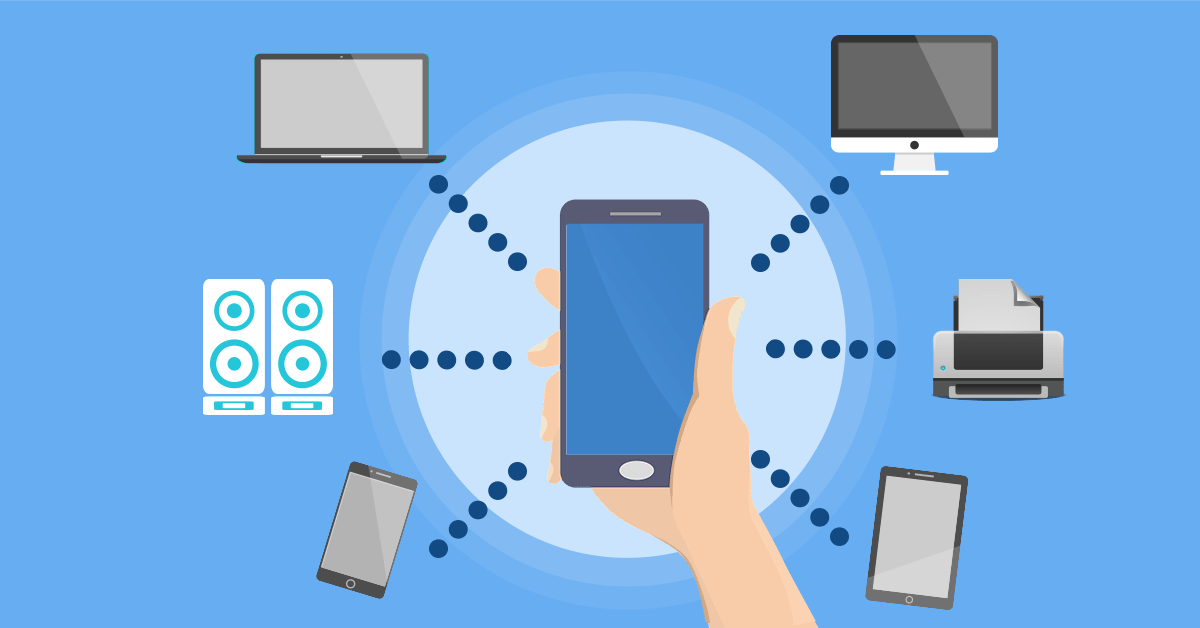
Despite the immense promise, the explosion of connected devices brings forth significant challenges that must be addressed for truly successful and responsible adoption.
A. Data Privacy and Security Risks:
- Vast Data Collection: IoT devices collect enormous amounts of often highly personal data (location, health, habits, voice recordings). Ensuring the privacy of this data is a paramount concern.
- Vulnerability to Hacking: Many IoT devices are designed with insufficient security, making them easy targets for cyberattacks. A compromised device can serve as a gateway to broader networks, lead to data theft, or enable physical harm.
- Lack of Transparency: Users often don’t fully understand what data is being collected by their devices, how it’s used, or with whom it’s shared.
- DDoS Attacks: Compromised IoT devices can be aggregated into botnets to launch massive Distributed Denial of Service (DDoS) attacks, crippling internet services.
B. Interoperability and Standardization:
- Fragmented Ecosystem: The IoT market is highly fragmented, with numerous manufacturers, communication protocols (Wi-Fi, Zigbee, Z-Wave, LoRa, NB-IoT, etc.), and proprietary platforms.
- Lack of Universal Standards: This lack of common standards makes it difficult for devices from different brands to communicate seamlessly, leading to a disjointed user experience and vendor lock-in.
- Complex Integration: Integrating diverse devices into a cohesive system can be technically challenging and costly for both consumers and businesses.
C. Complexity and Usability:
- Setup Challenges: Setting up and configuring multiple connected devices and ensuring they work together can be daunting for non-tech-savvy users.
- Troubleshooting: Diagnosing issues when devices fail to communicate or function correctly can be frustrating and difficult.
- Feature Overload: Some devices offer so many features that users become overwhelmed or don’t utilize the full potential.
D. Scalability and Network Congestion:
- Network Demands: The sheer volume of data generated by billions of IoT devices can strain existing network infrastructure, requiring significant investment in 5G and other advanced communication technologies.
- Cloud Infrastructure: Managing and processing such vast amounts of data in the cloud requires robust, scalable, and cost-effective cloud computing resources.
- Edge Computing Needs: To alleviate cloud strain and reduce latency, more processing power needs to shift to the “edge” of the network, requiring more intelligent devices and gateways.
E. Cost and Return on Investment (ROI):
- Initial Investment: While some consumer IoT devices are affordable, large-scale industrial or smart city deployments require substantial capital expenditure.
- Uncertain ROI: For businesses, accurately calculating the ROI of IoT investments can be complex, especially when benefits are long-term or involve intangible improvements like increased safety.
- Maintenance Costs: Ongoing maintenance, updates, and troubleshooting of a vast network of connected devices can be significant.
F. Legal and Regulatory Frameworks:
- Lagging Legislation: Laws and regulations often struggle to keep pace with the rapid advancements in IoT, especially concerning data privacy, security, and liability for device failures.
- International Compliance: Managing IoT deployments across different jurisdictions with varying laws adds significant complexity.
- Product Liability: Determining who is liable when an IoT device malfunctions and causes harm (manufacturer, software developer, network provider) is a complex legal challenge.
G. Energy Consumption and Environmental Impact:
- Device Power Needs: While many IoT devices are low-power, the collective energy consumption of billions of always-on devices can be substantial.
- E-Waste: The rapid obsolescence of many consumer IoT devices contributes to electronic waste, posing environmental disposal challenges.
- Manufacturing Footprint: The environmental impact of manufacturing billions of new devices needs to be considered.
The Future Trajectory of Connected Devices
The explosion of connected devices is far from over; it’s just entering a new phase of maturity, promising an even more pervasive, intelligent, and deeply integrated digital world.
A. Hyper-Personalized Environments: Homes, workplaces, and public spaces will adapt seamlessly to individual presence, preferences, and even emotional states, leveraging a dense network of sensors and AI.
B. Ubiquitous Edge AI and Self-Aware Systems: More AI processing will occur directly on devices or local gateways, leading to faster response times, greater privacy (less data sent to the cloud), and systems that are more self-aware, self-optimizing, and even self-healing.
C. True Interoperability with Universal Standards: Initiatives like Matter will gain significant traction, leading to a much more unified IoT ecosystem where devices from different manufacturers can communicate and work together effortlessly, reducing complexity for users.
D. Proactive and Predictive Behavior: Connected devices will move beyond reactive responses to truly predictive behavior. Your home might adjust lighting to prevent eyestrain based on your reading habits, or your car might proactively suggest maintenance based on subtle changes in engine performance.
E. Integrated Digital Twins of Physical Assets: In industrial settings, detailed “digital twins” of physical assets (factories, buildings, machinery) will be created from IoT data, allowing for real-time monitoring, predictive modeling, and remote control of complex systems with unprecedented precision.
F. IoT-Enabled Metaverse and Immersive Experiences: Connected devices, including advanced wearables and haptic feedback systems, will play a crucial role in bridging the physical and digital worlds, enabling more immersive and realistic experiences within the burgeoning metaverse.
G. Enhanced Security with Blockchain and Quantum Resistance: Blockchain technology will provide tamper-proof records and decentralized authentication for IoT devices, enhancing security and trust. As quantum computing advances, quantum-resistant cryptography will become standard for critical IoT applications.
Conclusion
The explosion of connected devices is not just about technology; it’s about fundamentally reshaping our relationship with the physical world, making it smarter, more responsive, and more intuitive. While challenges related to privacy, security, and complexity remain, the potential for a seamlessly interconnected world that empowers us with unprecedented insights and convenience makes this intelligent transformation an undeniable force shaping our future.

